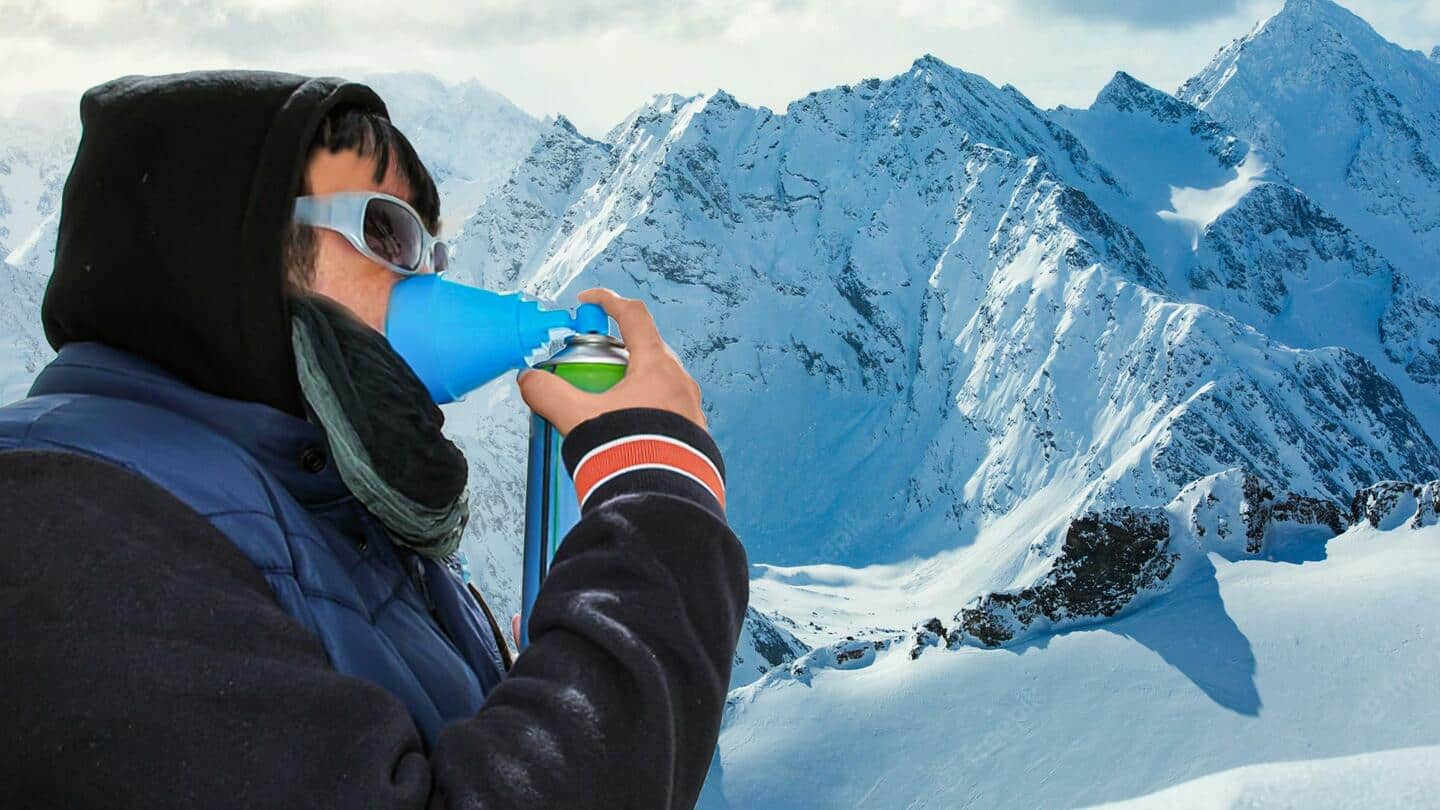
Altitude sickness: Everything you need to know about it
What's the story
A trip to the mountains is always refreshing but you may experience sudden fatigue and dizziness if careless. This totally spoils your experience of trekking, hiking, or sightseeing in those high-altitude areas. The reason for this may be altitude sickness. But that should not be the reason for you to not backpack around the mountains. Here's all you need to know about altitude sickness.
Context
Here's what our expert says
The higher we go, the air pressure reduces, which means gases like oxygen dissolve less readily in liquids. This is the concept behind altitude sickness experienced by unaccustomed travelers in high-altitude places. Altitude sickness can be deadly if it affects the lungs and brain and requires the patient to be moved to a lower altitude, other milder symptoms include headache, nausea, and breathlessness.
Symptoms
What are the symptoms of altitude sickness?
Symptoms of altitude sickness may include fatigue, insomnia, headache, nausea, vomiting, rapid heart rate, and shortness of breath. In severe cases, the symptoms can manifest as skin discoloration, decreased consciousness, coughing up bloody mucus, chest tightness, and an inability to walk in a straight line. The symptoms can escalate quickly before you even get the time to mentally prepare.
Causes
What causes altitude sickness?
When you're mountain climbing, hiking, driving, or doing any other activity at a high altitude, your body may not get enough oxygen. The lack of oxygen in the body causes altitude sickness. It generally occurs at altitudes of 8,000 feet and above. Though people who aren't accustomed to these heights are the most vulnerable, anyone at high elevation can get it.
Forms
Types of altitude sickness
There are broadly three forms of altitude sickness. Acute mountain sickness (AMS) - Considered the most common form of altitude sickness. High-altitude cerebral edema (HACE) - It is a severe form of AMS where the brain swells and stops functioning normally. High-altitude pulmonary edema (HAPE) - Excess fluid builds up in the lungs, making it difficult for them to function properly.
Treatment
Tips to deal with altitude sickness
Drink enough water: Air is generally drier at higher altitudes, so you should drink more water than you usually drink. Acclimate before going up: Adapting to a higher altitude may take a day or two. Take it slow and then spend a couple of nights at an intermediate altitude. Don't drink or smoke: Smoking and liquor consumption interferes with the body's oxygen metabolism.
Acclimatization
Acclimatization is mandatory for tourists visiting Leh-Ladakh
Leh-Ladakh is perched at an altitude of 3500 meters above sea level making altitude sickness a common problem for tourists, especially those who travel by air from the plains. To prevent altitude sickness among tourists, the Leh-Ladakh administration has made it mandatory for tourists arriving in Leh to undergo 48 hours of acclimatization. Only after proper acclimatizing, they can initiate their journey to Ladakh.